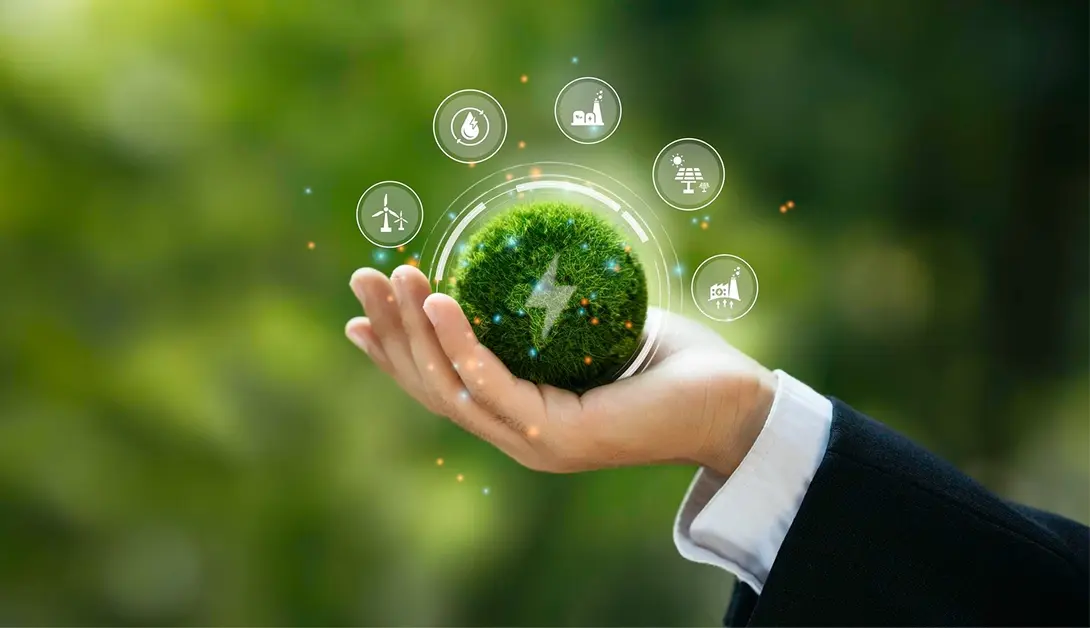Have you ever considered how everything your business buys could have implications for a more sustainable future? Sounds impressive, right? And that’s precisely what green procurement is all about: It means making smarter, more sustainable purchasing decisions that don’t just save money but also reduce carbon.
Now more than ever, it’s not just a buzzword for eco-focused companies, but instead it’s quickly turning into a crucial component of a sound business strategy. Every decision, from packaging to suppliers, matters.
But even if you’re committed to sustainability, your efforts can only go so far if your suppliers aren’t on board. Eventually, your supply chain is responsible for most of your environmental footprint. So if you’re curious about bringing your suppliers along on this journey, then we’ve got you covered. In today’s blog, we’ll study practical green procurement strategies to engage suppliers, track progress, and build lasting partnerships that drive real, measurable impact.
What Is Green Procurement and Why Does It Matter for Your Business?
Green procurement is the purchase of such goods and services that have reduced environmental impact across their lifecycle. It is not so much a matter of recycling paper as it is about looking at where your company gets its supply of raw materials, your staples with sustainability as the foundation.
But why does it matter? Because these days, customers, investors and even governments care what companies are getting up to behind the scenes. Businesses which perform green procurement do more than reduce waste and emissions – they likewise, gain trust and loyalty. And sustainable vendors can actually save over time, when you consider energy efficiency and raw material use. Every purchase is a vote for the values you are advocating. By weaving green procurement into the fabric of your purchasing, you’re not just buying products;
you’re buying a cleaner future for your brand and your planet.
Step 1: Start with Assessing Your Current Supplier Landscape
Before you improve your supply chain, you need to understand where it is right now.
Here’s how to begin:
● Map and audit current suppliers. Make a list of all your suppliers, look into their environmental practices, and indicate which ones are already consistent with your sustainability objectives.
● Prioritize high-impact ones. Focus on suppliers responsible for the largest portion of your spend or that have a more significant environmental footprint.
● Identify quick wins and risks. Look for small, quick improvements, like reducing packaging waste or optimizing deliveries while also flagging areas that need more attention.
● Benchmark with ISO/EcoMerit. Compare supplier performance against identified standards such as ISO 14001 to measure where they stand.
● Set baseline KPIs. Establish simple, trackable metrics like the percentage of certified suppliers or reduced emissions.
Step 2: Turning Expectations into Collaboration
After you’ve thought through where your suppliers fall, the trick is getting them all on board for your sustainability journey. Genuine change comes when suppliers don’t merely surrender, but truly partner.
Below are some steps on how to make that happen:
● Communicate clear sustainability goals- Be honest about what you want to achieve environmentally and how it fits in with your wider business model. The more your suppliers know and understand you the better chance it will have to gel.
● Share your green procurement vision.- Present the benefits of going green: reduced costs, stronger partnerships, and enhanced reputation.
● Guide and train suppliers- Not all partners will know where to begin. Run workshops, resources or mentoring to assist them to make better green procurement decisions.
● Collaborate on improvement projects- Partner to save waste, energy or redesign packaging.
Step 3: Measuring What Matters: Tracking Your Green
Procurement Progress
You can’t keep a track of your operations if you don’t measure them. Tracking progress is what turns green procurement strategies from good intentions into proven results. It helps you notice what’s working, where to improve, and how far you’ve come on your sustainability journey.
Let’s take a look at some insights:
● Set goals and KPIs. Define relevant areas of measure, e.g. reduction of carbon, increase the number of certified suppliers as well as reduction in waste generation.
● Track and analyze progress. Regularly monitor supplier performance, consider changes, and document improvements.
● Benchmark and update targets. Measure yourself against industry averages or your own previous performance.
Final Thoughts
You can’t build a sustainable supply chain overnight. It really does take a lot of awareness, cooperation, and ongoing effort on the part of both you and your suppliers. When it’s done right, green procurement is part of how your business grows responsibly.
So, if you’re ready to make that shift, partner with experts who can guide you through every step, from strategy to certification. Because when your suppliers grow greener, your business shines brighter.



